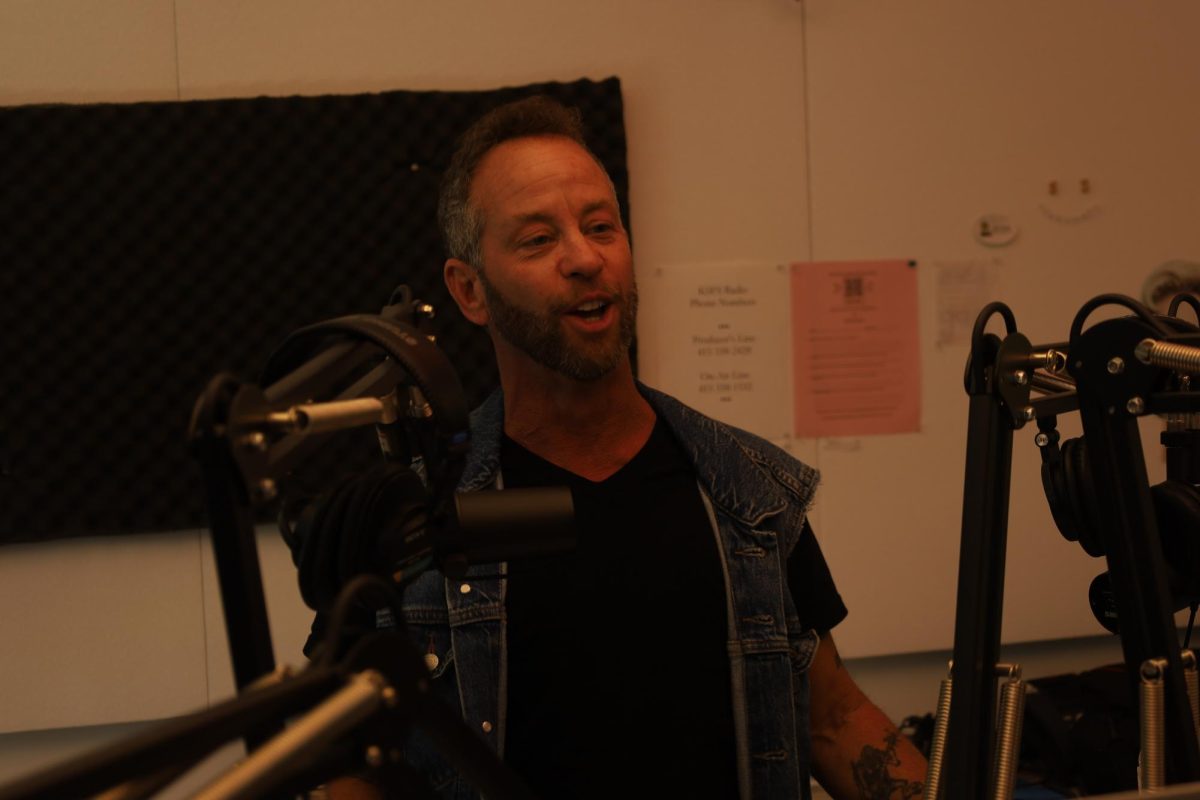The National Institutes of Health granted SF State $17 million this month to promote the success of marginalized students and train faculty within the natural sciences.
NIH, a national medical research agency, awarded Building Infrastructure Leading to Diversity, or SF BUILD, the grant, which will be disbursed over the next five years. The program is expected to promote a diverse range of student perspectives in the fields of science, technology, engineering and math.
“There (are) a number of studies showing that if you have multiple perspectives, you will get innovative solutions,” said SF BUILD principal investigator Leticia Márquez-Magaña.
Five professors at SF State and the University of San Francisco, core members of SF BUILD, plan to train science faculty to engage in a method of teaching that engenders safe classroom environments, according to Márquez-Magaña.
“You walk in and it’s a desierto,” said Márquez-Magaña recounting her experience walking into a classroom as a Latina woman, feeling like she had stepped into a lonely desert. “It was hard because I didn’t see myself reflected in my professors. I didn’t feel like I belonged.”
In the proposal for the grant, SF BUILD argued that institutional structures, such as “stereotype threat,” are the issues that prevent student diversity in the field of sciences — not the students themselves.
Stereotype threat, or being at risk of confirming a negative stereotype related to a person’s identity, is a concept used to guide research on the effects that racial, gendered and sex prejudice have on people’s ability to perform in math and science subjects.
A classroom environment can make marginalized groups feel unsafe if it doesn’t guard against stereotype threat, according to Márquez-Magaña.
Public health major Jeanette Wright said she has felt the direct impacts of stereotype threat as a City College of San Francisco transfer student who felt too insecure to declare a biology major.
“I said to myself ‘I’m not good enough’,” said Wright, who currently conducts lab research with biology professor and SF BUILD member Carmen Domingo. “Science has been closed off to people like me. It’s always been about white men in white lab coats.”
Wright said her work with teachers at the SF BUILD program has reaffirmed her love for science and how to apply it to everyday environments.
“That’s where we need to start asking the questions,” said Wright, who added that science can be used to fix issues in disenfranchised neighborhoods.
Márquez-Magaña said students often come to her disillusioned because they do not understand how subjects such as calculus or biology can be applied to reducing disparities in their communities. Organic chemistry, for example, could potentially be used to gather evidence on the effects of toxic facilities around poor communities.
“Research is connected with our environments and connected to policy,” said Wright, adding that identifying this relationship builds the necessary confidence in students to succeed in the field.
It is unclear how NIH will measure SF BUILD’s progress, but University of California Los Angeles will compile a body of evidence based on the research conducted at SF State and 10 other universities, according to Márquez-Magaña. After five years, the program’s members can reapply for the grant.
“We need diversity, or else we’re going to have these people that don’t trust medicine.,” Wright said. “The community has to be involved from the very beginning. The community is diverse.”





